The RTX 3000 series cards are here, with NVIDIA boasting significant performance gains over the previous generation. With the RTX 3080 now launched, we can find out how large those gains are in GPU based renderers like OTOY’s OctaneRender.
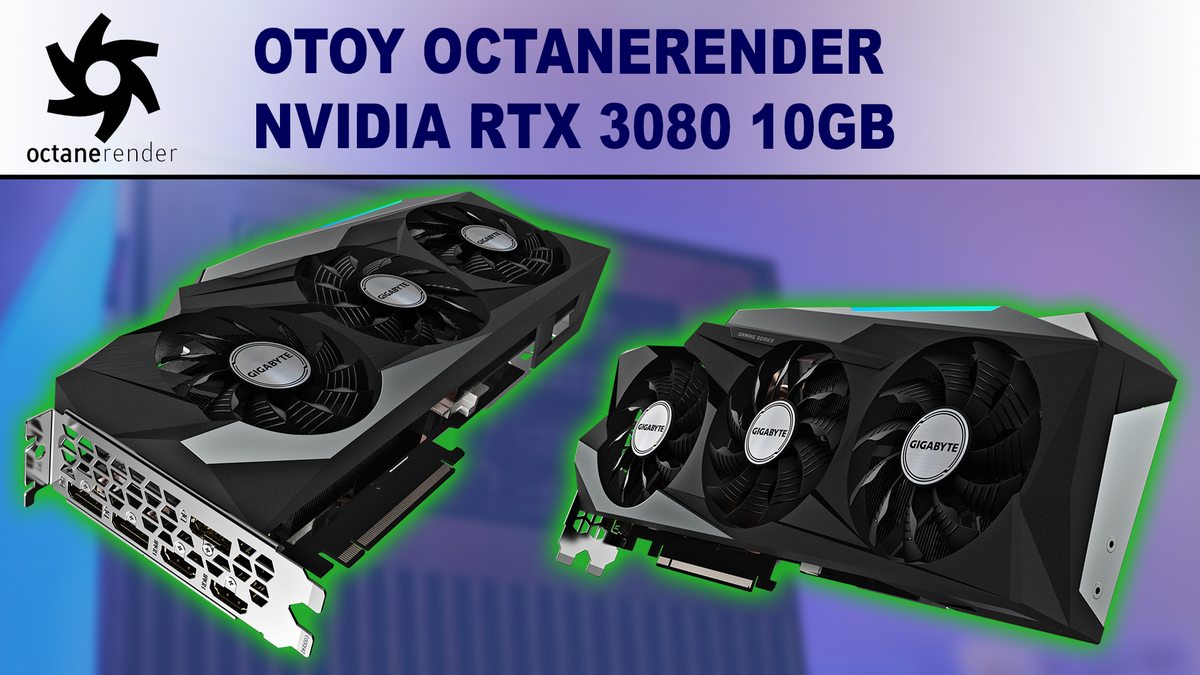

The RTX 3000 series cards are here, with NVIDIA boasting significant performance gains over the previous generation. With the RTX 3080 now launched, we can find out how large those gains are in GPU based renderers like OTOY’s OctaneRender.
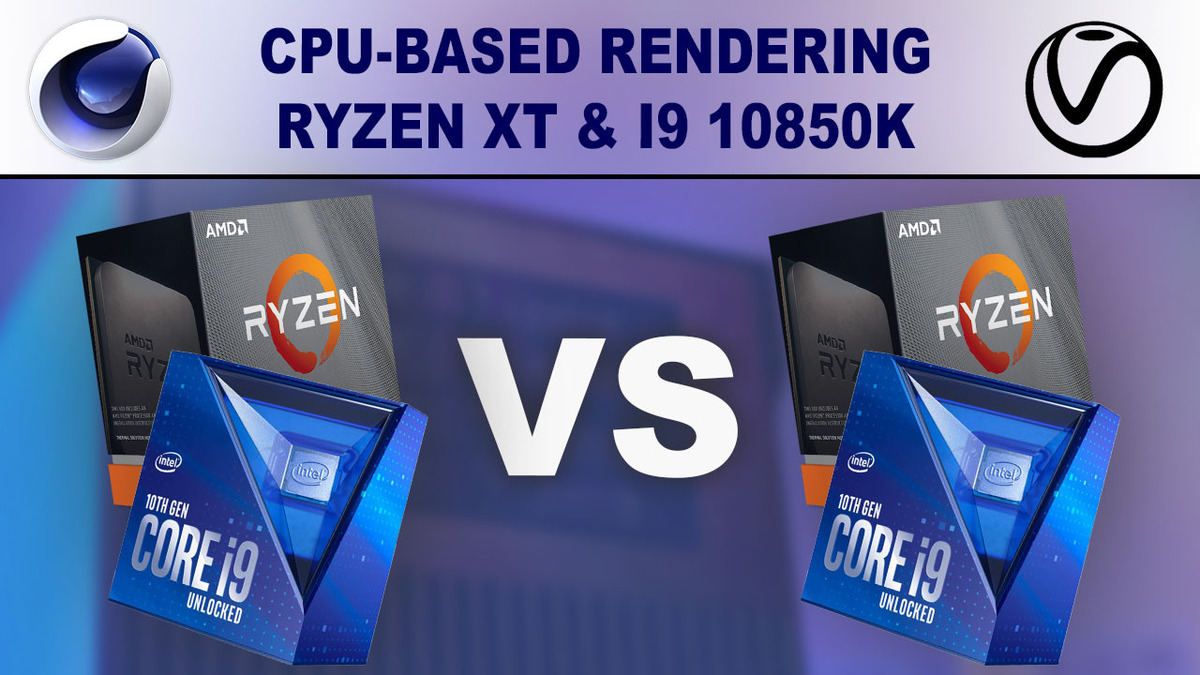
AMD and Intel have both released small revisions to their latest-gen consumer CPU lines, in the form of the Ryzen XT models and Core i9 10850K. On paper these appear to be identical to current products except for very slight adjustments in clock speed, but how do they stack up in real-world rendering benchmarks?
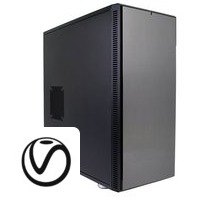
A short article covering some of the best computer system configurations for rendering with V-Ray Next GPU.
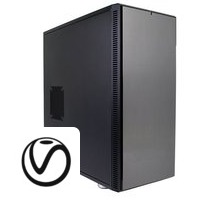
A short article covering some of the best computer system configurations for rendering with V-Ray Next CPU.
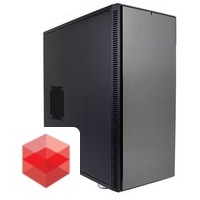
The second entry in a series of short articles looking at the best computer system specs for a variety of popular applications focuses on Redshift by Maxon.
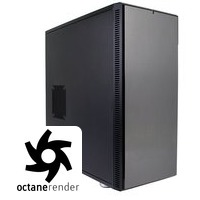
In a new series of short articles we will be looking at the best computer system specs for a variety of popular applications, starting with OctaneRender by OTOY.
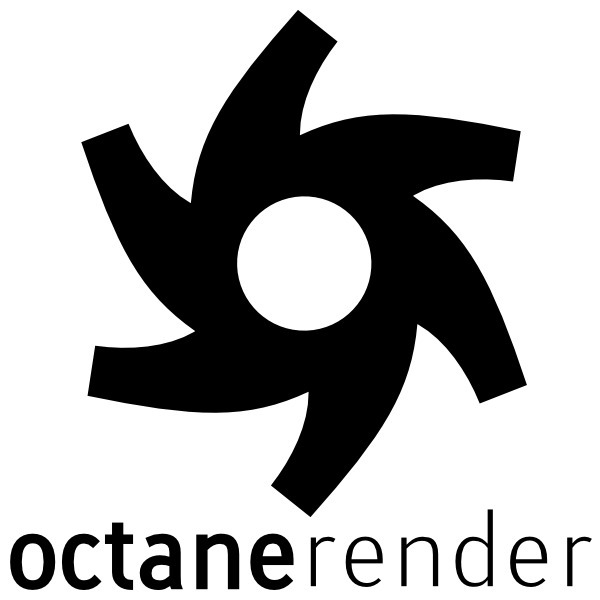
OctaneRender is a GPU-based rendering engine, utilizing the CUDA programming language on NVIDIA-based graphics cards. With the launch of NVIDIA’s new GeForce RTX “SUPER” series of video cards, we are taking a look at how the whole RTX lineup performs on both the current OctaneRender 4 and the upcoming 2019 release which adds support for RTX technology and greatly increased rendering speeds.
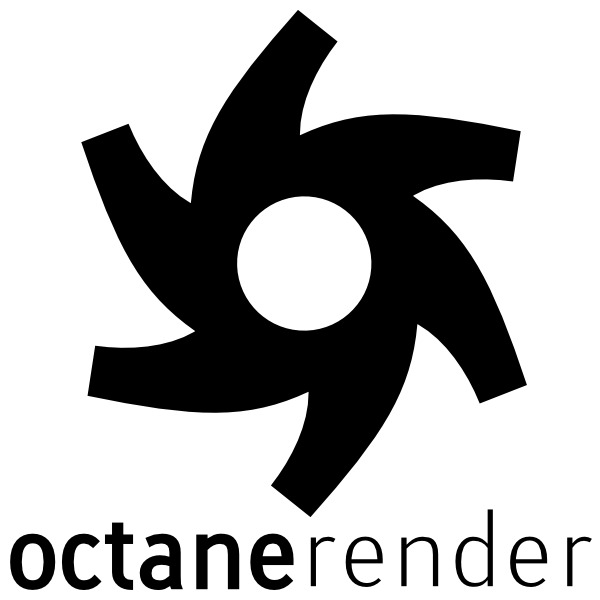
OctaneRender is a GPU-based rendering engine, utilizing the CUDA programming language on NVIDIA-based graphics cards. The upcoming 2019 version is adding support for the dedicated ray-tracing hardware in NVIDIA’s RTX series of video cards, and a preview of the OctaneBench tool was released recently to show a sneak peek at what we can expect from this technology. We rounded up the whole GeForce RTX card line – along with the Titan RTX – to see how they compare to each other and how much of a boost RTX tech can provide.
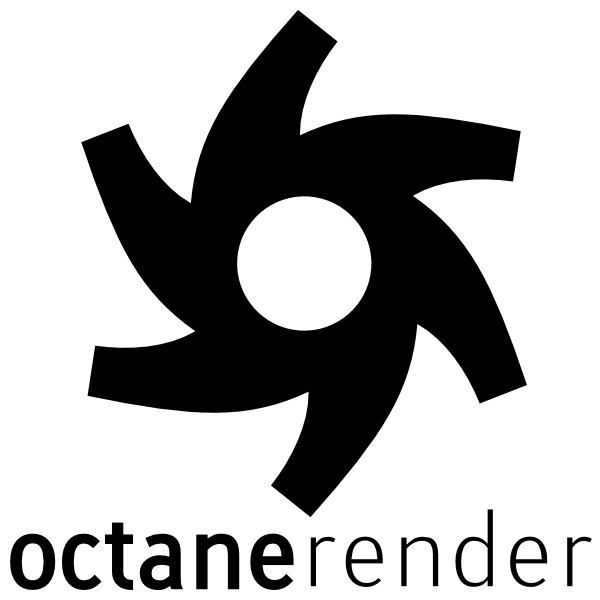
OctaneRender is a GPU-based rendering engine, utilizing the CUDA programming language on NVIDIA-based graphics cards. The upcoming 2019 version is adding support for the dedicated ray-tracing hardware in NVIDIA’s RTX series of video cards, and a preview of the OctaneBench tool was released recently to show a sneak peek at what we can expect from this technology. We rounded up the whole Quadro RTX card line – along with the Titan RTX – to see how they compare to each other and how much of a boost RTX tech can provide.
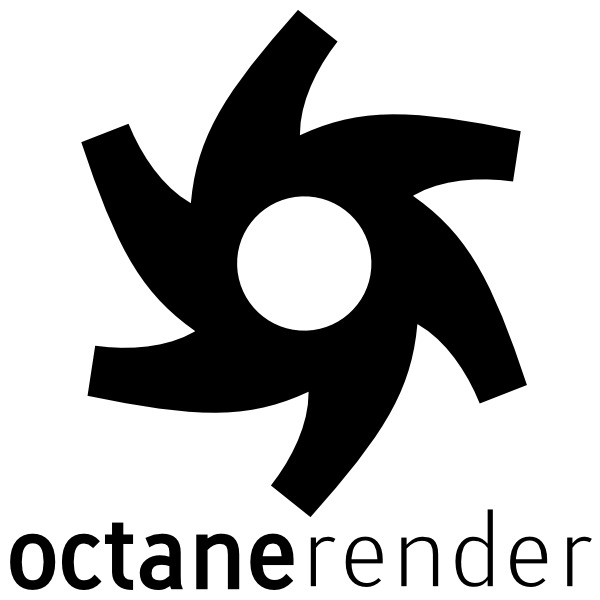
OctaneRender is a GPU-based rendering engine, utilizing the CUDA programming language on NVIDIA-based graphics cards. An update to their benchmark, OctaneBench 4.00, was recently released – so we gathered most of the current and recent GeForce and Titan series video cards and tested them to see how they perform in this version of OctaneRender.